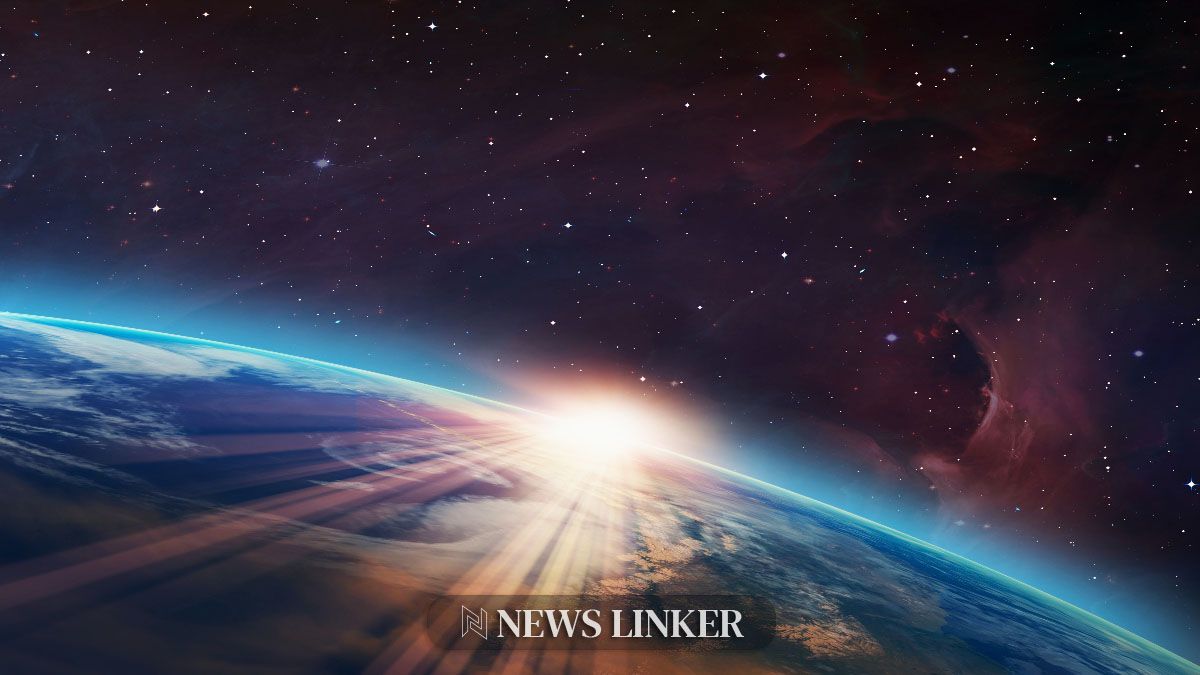Galaxies, those sprawling star cities, undergo a remarkable journey across the vast stretches of the universe, their pathways intricately woven into the cosmic web. Astronomer Gregory Rudnick from the University of Kansas has secured funding to trace these celestial voyages. His goal is to decipher how various cosmic environments influence the developmental fate of a galaxy. This interstellar exploration is not just a lonely affair, as galaxies tend to congregate in clusters, with the larger assemblies hosting hundreds of thousands of them. These gatherings are part of a grander filamentary pattern spanning the universe, and occasionally, galaxies find themselves in more secluded, low-density areas.
The Process of Galaxy Evolution
Understanding how these astronomical entities evolve is essential. Our own Milky Way serves as an example, having been sculpted over 13 billion years from hydrogen gas clouds by the relentless force of gravity. This process ignited star formation and led to the creation of the galaxy’s various components. The Milky Way, like many others, grew through numerous mergers and continues to absorb smaller galaxies. It resides within the Local Group, which is part of both the Virgo Supercluster and the speculated Laniakea grouping, all embedded in the cosmic web.
How the Trip Changes Galaxies
The journey of a galaxy, particularly as it drifts through the filament “superhighways” connecting dense cosmic regions, can alter its characteristics significantly. Rudnick’s research will scrutinize the effects of these environments on galaxies as they migrate towards clusters. The process of encountering dense areas for the first time and then advancing into clusters fundamentally modifies a galaxy’s nature. Most galaxies reach these “urban centers” via the filament superhighways, with only a few taking more isolated paths that offer minimal interaction with surrounding space.
Tracing the Baryon Cycle
The team is also invested in seeing how these galactic environments affect the gases within and around them. Diverse cosmic neighborhoods—filaments, fields, groups, and clusters—impose unique influences on gas behavior, a phenomenon termed the “baryon cycle.” This cycle encompasses the various ways gas is processed in the universe. Galaxies act as baryon engines, drawing gas to form stars, which eventually release heavier elements and gas back into space. However, entering denser clusters disrupts this cycle, affecting gas inflow and outflow, and usually curtails star formation.
Tracking Galaxies
To follow these celestial odysseys, Rudnick’s group will analyze data from DESI, WISE, and GALEX programs, examining around 14,000 galaxies. The project also integrates educational initiatives, with university and high school students contributing to the research. The grant expands the reach of a high school astronomy program and provides necessary technology for student research. The insights gleaned from this extensive study are expected to shed light on galaxy evolution from the early universe to the present and elucidate the cosmic web’s role in shaping the universe.
The investigation spearheaded by Gregory Rudnick and his team promises to broaden our understanding of the cosmic forces at play in galaxy development. By studying galaxies’ transitions through various cosmic regions, we hope to uncover the mechanisms that govern their growth and transformation over billions of years.










